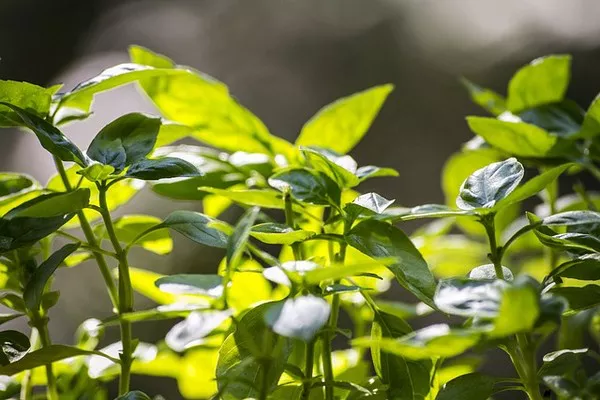Bob and Rosanne Maher of Saugus, Massachusetts, have found themselves battling a persistent and destructive intruder in their neighborhood: Japanese knotweed. What started as a seemingly innocuous weed on their property more than a decade ago has now become a significant concern, with the plant encroaching upon their home’s foundation.
Japanese knotweed, known for its rapid growth and resilient nature, poses a threat not only to the Mahers’ property but also to neighboring homes and nearby wetlands. Despite their efforts to eradicate it using chemicals, tarps, and manual removal, the plant persists, proving difficult to eliminate entirely.
Seeking assistance from the town, the Mahers recently appealed to Saugus’s Planning Board to address the escalating issue. They expressed concerns about the potential impact on property values, as the presence of Japanese knotweed can deter prospective buyers due to the challenges associated with eradication.
Characterized by large heart-shaped leaves and bamboo-like stems, Japanese knotweed spreads rapidly through underground rhizomes, which can extend up to 10 feet deep and 40 feet wide. Its dense growth and ability to penetrate various surfaces, including pavement and building foundations, make it particularly troublesome.
The threat posed by Japanese knotweed extends beyond individual properties. In the Nashua River Watershed near Groton, the invasive plant has become pervasive, prompting efforts by local conservation groups to combat its spread. Jonathan Basch, co-chair of Groton’s Invasive Species Committee, emphasized the importance of targeted herbicide application and ongoing management strategies to control infestations effectively.
One such initiative is led by the Native Land Conservancy, an Indigenous-led organization focused on restoring land to its natural state. With a commitment to long-term stewardship, the group is working to eradicate Japanese knotweed from the Wampanoag Common Lands in Kingston. Despite facing challenges, including the plant’s resilience and the ecological disturbances caused by previous land use, the conservancy employs innovative methods such as tarping and selective removal to weaken and ultimately eliminate knotweed infestations.
For the Mahers and other residents grappling with Japanese knotweed, the battle is ongoing. While Saugus officials endeavor to address the issue, the persistent presence of the invasive plant serves as a reminder of the ongoing challenges posed by environmental threats.


